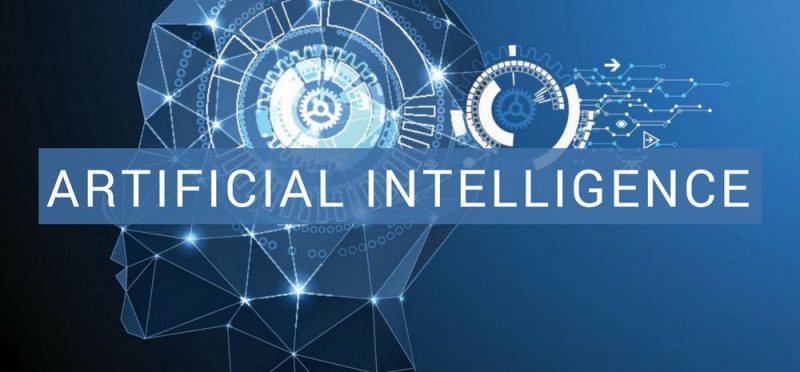The advent of artificial intelligence (AI) has ushered in a transformative era for cybersecurity, presenting a double-edged sword with both enhanced defensive capabilities and amplified offensive tactics. Allan Juma, a cybersecurity engineer at ESET East Africa, emphasizes that AI itself is neutral, its potential for good or ill determined solely by the user. While security teams leverage AI to bolster defenses, cybercriminals simultaneously exploit its power to orchestrate increasingly sophisticated attacks. This duality creates a critical challenge, particularly for businesses across Africa, where rapid digitization has outpaced the development of robust security measures, leaving them vulnerable on both technological and human fronts.
One of the most prominent AI-driven threats is advanced social engineering. AI-powered tools like generative AI and large language models, exemplified by ChatGPT, empower malicious actors to craft highly convincing phishing emails that mimic legitimate communications with uncanny accuracy. These tools also facilitate translation and localization, enabling attackers to target diverse regions and exploit niche dialects, broadening their reach and increasing the potential for successful attacks. This enhanced realism makes it exceedingly difficult for employees to distinguish genuine messages from fraudulent ones, increasing the likelihood of successful phishing attacks and subsequent data breaches.
Beyond social engineering, AI empowers attackers to automate vulnerability scanning, accelerating the pace at which they can identify and exploit weaknesses in a business’s security infrastructure. This automated process accelerates the identification of compromised internal accounts, providing attackers with access points to launch further attacks, including targeted phishing campaigns and deepfake impersonations. Deepfakes, AI-generated audio or video depicting real individuals like CEOs and finance officers, add another layer of complexity, making it even harder to discern legitimate communications from malicious fabrications. This rapid exploitation of vulnerabilities underscores the need for proactive security measures and employee training.
Human error remains a significant factor in data breaches, making cybersecurity awareness training paramount in combating AI-driven cybercrime. Lack of knowledge among employees represents a major vulnerability that cybercriminals readily exploit. Understanding the sophisticated nature of these AI-powered attacks is crucial for employees to identify and avoid falling victim to them. Training programs must equip employees with the skills and knowledge to recognize phishing attempts, deepfakes, and other forms of social engineering, fostering a culture of vigilance and proactive security awareness.
Research conducted by the Google Threat Intelligence Group (GTIG) confirms that cybercriminals are actively utilizing AI models like Google’s Gemini for research, content generation, and target profiling. This includes crafting tailored messaging, translating content for broader reach, and localizing attacks to resonate with specific populations. The GTIG report, “Adversarial Misuse of Generative AI,” highlights how malicious actors are leveraging AI’s capabilities to refine their tactics and maximize their impact. This necessitates a constant evolution of defensive strategies to counter the evolving sophistication of AI-powered attacks.
When training and vigilance fail, AI-driven defense mechanisms become indispensable for safeguarding business operations. Security teams can deploy AI to analyze patterns and predict cyber threats before they materialize, enabling a proactive approach to security. AI can also automate responses to detected threats, significantly reducing reaction times and mitigating potential damage. Furthermore, AI’s long-standing integration into cybersecurity software provides defenders with an advantage, having had significant time to refine its application in security systems. However, the increasing normalization of AI also carries a risk of complacency. Businesses must remain aware of the inherent dangers posed by AI and prioritize addressing these risks proactively. This continuous adaptation and awareness are crucial in the ongoing arms race between cybersecurity professionals and increasingly sophisticated cybercriminals.














